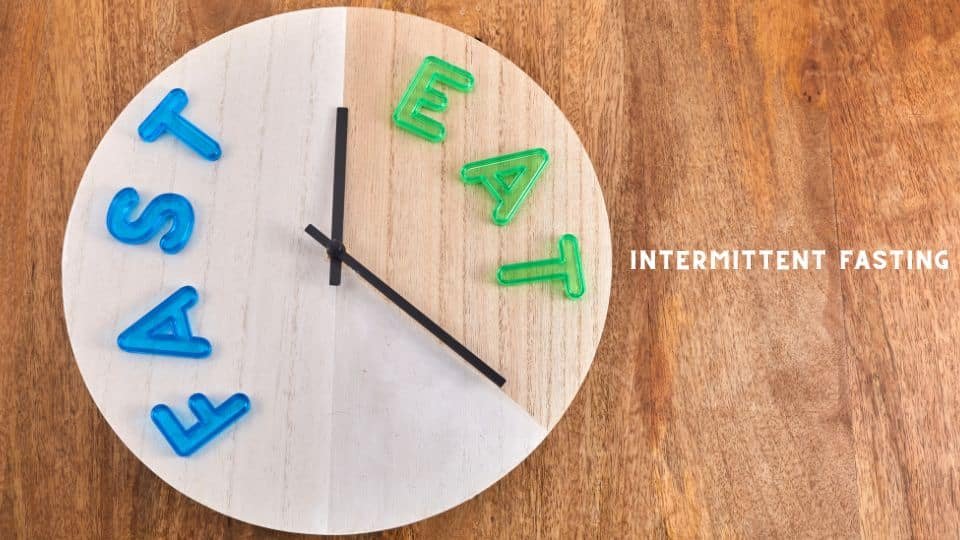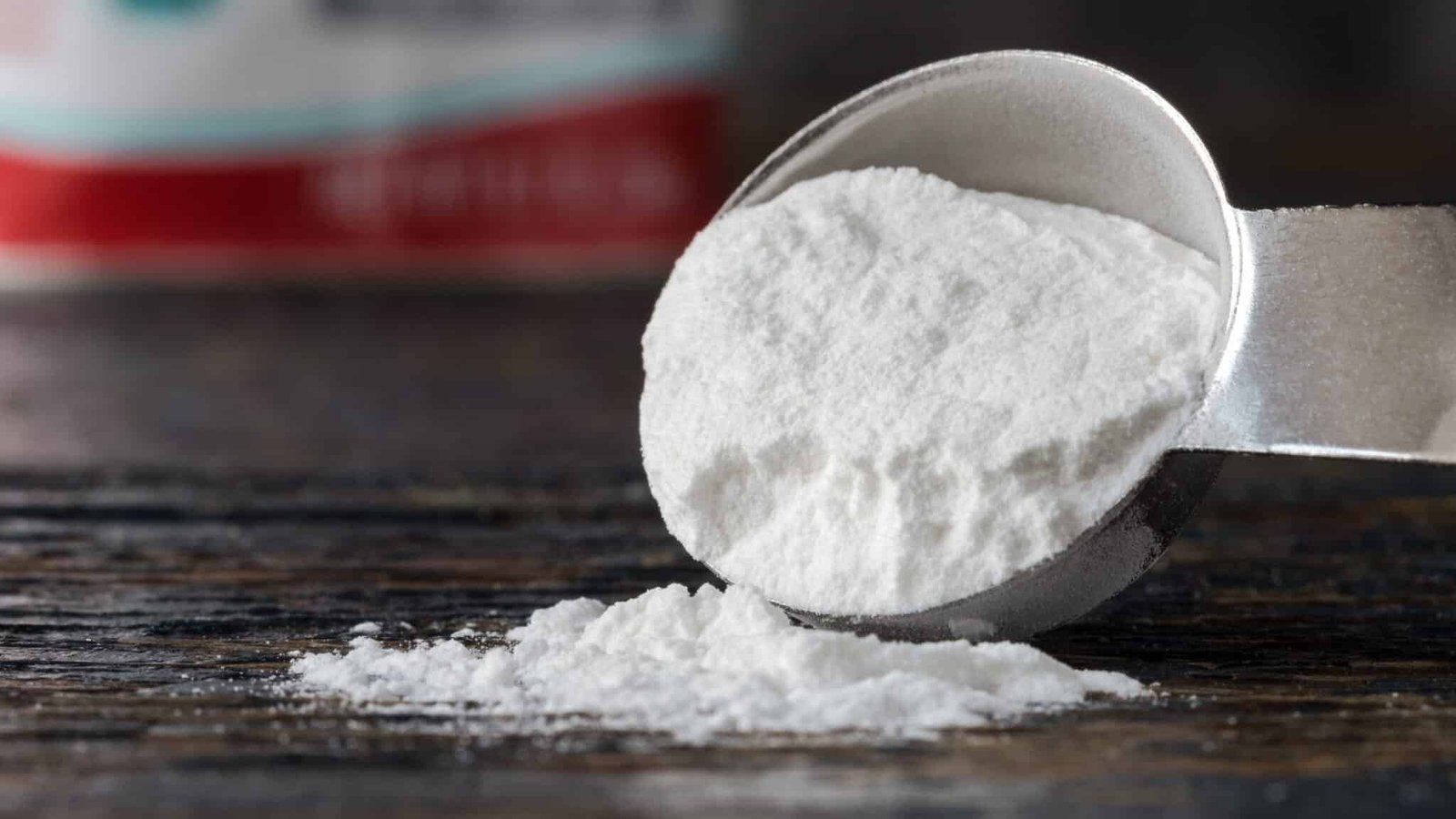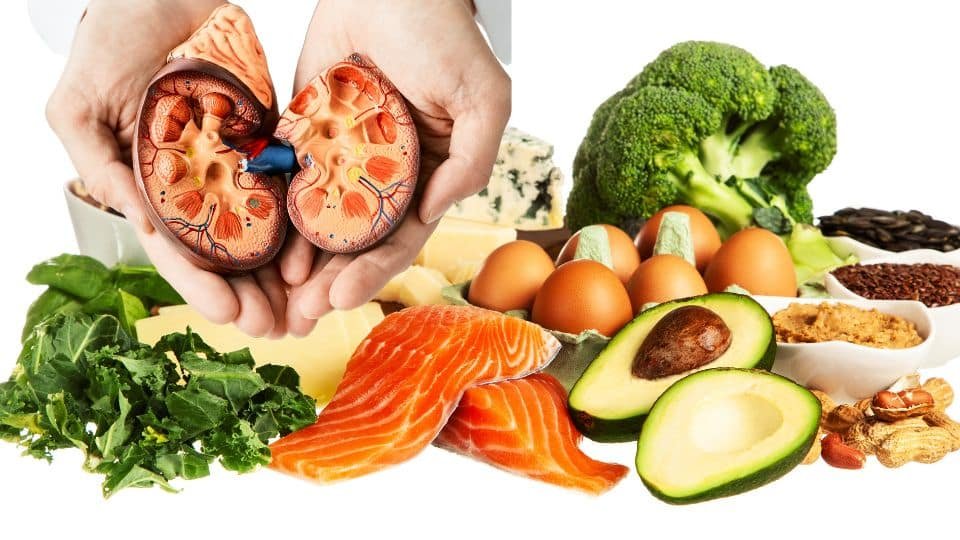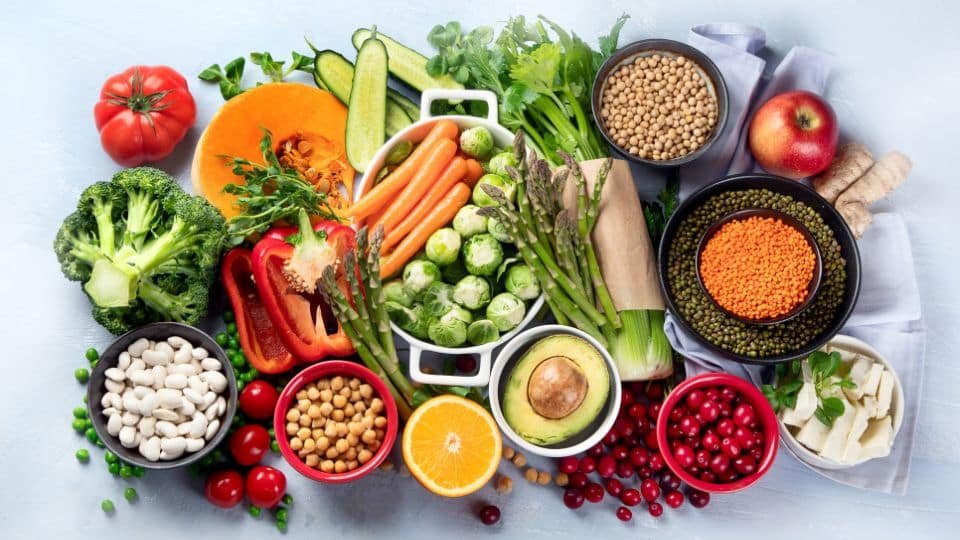Polyphenols! welcome! Today, we’ve got some exciting news from the world of science, and it involves a beverage many of us love: coffee with milk. So grab your favorite mug, sit back, and let’s dive into the research from the University of Copenhagen.
But first, have you ever wondered if your cup of coffee could do more than just wake you up? Well, according to a recent study done at the University of Copenhagen, there might be more to that morning ritual than meets the eye.
Now, when we talk about inflammation, we’re not just referring to the body’s response to invaders like bacteria or viruses. Inflammation also happens when we push our bodies a bit too hard, like during an intense workout or in conditions like rheumatoid arthritis. It’s a natural defense mechanism.
Enter polyphenols, the unsung heroes found in various foods, including coffee. These antioxidants help reduce oxidative stress, which is linked to inflammation in the body. Think of them as your body’s shield against the wear and tear of daily life.
So, what did the researchers at the University of Copenhagen discover? Well, they looked at how polyphenols behave when they team up with amino acids, the building blocks of proteins. The results were pretty promising.
In simple terms, when polyphenols and amino acids join forces, they become superheroes against inflammation. To test this, the researchers stimulated inflammation in immune cells at their laboratory and found that the combination was twice as effective at fighting it compared to using polyphenols alone.
Now, here’s the interesting part for all you coffee lovers out there. Coffee beans are loaded with polyphenols, and when you mix them with milk, which is rich in proteins, magic happens. Yes, your morning cup of joe might just be a superhero elixir for your immune system.
But it’s not just about coffee. The researchers believe similar reactions could occur when combined with proteins and fruits or vegetables. So, that protein-packed smoothie or that meat dish with veggies might be doing more good than you thought.
Now, I know this might sound a bit like science fiction, but it’s real science, and it’s crucial for our understanding of how the food we eat impacts our health. The researchers are planning to take it further by studying these effects in animals before diving into human trials.
You can also view this article: Unlocking The Power of Polyphenols: A Groundbreaking Discovery for a Healthier Future!
And why is this so important? Well, our bodies don’t absorb polyphenols that efficiently, so researchers are looking into ways to enhance their absorption. This not only improves their effectiveness but also boosts their anti-inflammatory properties.
So there you have it, the potential anti-inflammatory powers of your morning cup of coffee with milk. It’s a reminder that sometimes, the simple things in life might be doing wonders for our health.
The possibilities seem endless as the journey continues, funded by Independent Research Fund Denmark and in collaboration with esteemed institutions like the Technical University of Dresden.
Research holds great promise for the future of health. By harnessing the power of polyphenols and proteins, researchers may pave the way for innovative solutions in combating inflammation and improving overall well-being.
So, let us raise our cups of coffee with milk and toast to the wondrous world of polyphenols—a symphony of antioxidants, proteins, and health, working together to create a better, inflammation-free future.
Glossary:
- Polyphenols: Polyphenols are antioxidants found in various foods, including coffee. They help reduce oxidative stress in the body, which is linked to inflammation.
- Inflammation: Inflammation is the body’s response to invaders, such as bacteria or viruses, and a natural defense mechanism triggered by factors like intense workouts or conditions like rheumatoid arthritis.
- Oxidative Stress: Oxidative stress is an imbalance between free radicals and antioxidants in the body, potentially leading to cell and tissue damage. Polyphenols act as antioxidants, counteracting oxidative stress.
- Amino Acids: Amino acids are the building blocks of proteins. In the context of the article, they are integral to the study as they interact with polyphenols to form a potentially powerful anti-inflammatory combination.
- Immune Cells: Cells that are part of the immune system and play a role in the body’s defense against infections and other harmful substances.
- Antioxidants: Antioxidants are substances that can prevent or slow damage to cells caused by free radicals, which are molecules produced when the body breaks down food or when it is exposed to radiation and tobacco smoke.
- Anti-Inflammatory: Refers to the ability to reduce inflammation, a vital aspect of the study’s findings regarding combining polyphenols and amino acids.
- Oxidative Stress: The physiological condition in which there is an imbalance between the production of free radicals and the body’s ability to counteract their harmful effects through neutralization by antioxidants.
- Absorption: The process by which substances are taken up and utilized by the body. The article discusses the challenge of efficiently absorbing polyphenols and the potential impact on their effectiveness.
- Animal Trials: Experiments conducted on animals to study the effects of certain substances or treatments before human trials are initiated. In the context of the article, researchers plan to study the effects of polyphenols and amino acids in animals.
Journal References:
Jingyuan Liu, Mahesha M. Poojary, Ling Zhu, Andrew R. Williams, Marianne N. Lund. Phenolic Acid–Amino Acid Adducts Exert Distinct Immunomodulatory Effects in Macrophages Compared to Parent Phenolic Acids. Journal of Agricultural and Food Chemistry, 2023; DOI: https://doi.org/10.1021/acs.jafc.2c06658
Mahesha M. Poojary, Michael Hellwig, Thomas Henle, Marianne N. Lund. Covalent bonding between polyphenols and proteins: Synthesis of caffeic acid-cysteine and chlorogenic acid-cysteine adducts and their quantification in dairy beverages. Food Chemistry, 2023; 403: 134406 DOI: https://doi.org/10.1016/j.foodchem.2022.134406


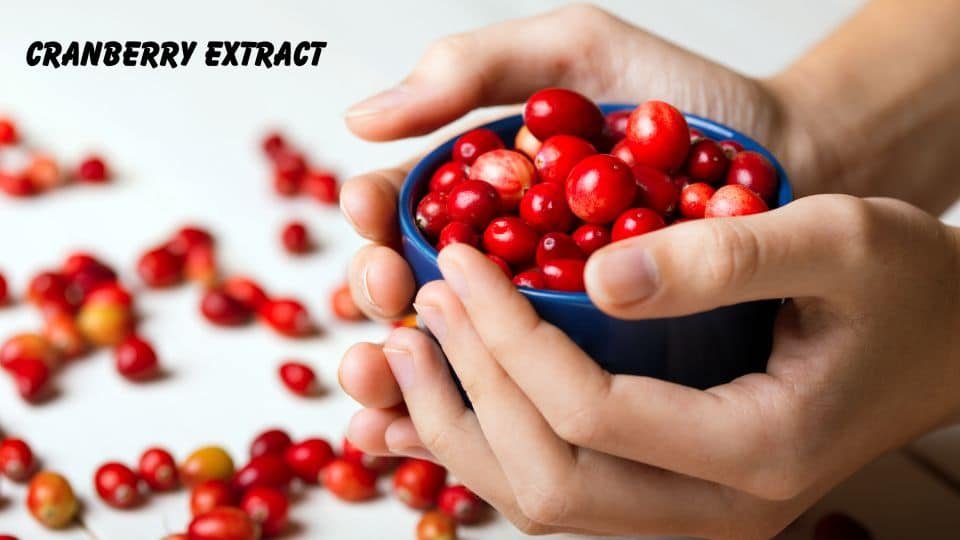
 By
By

